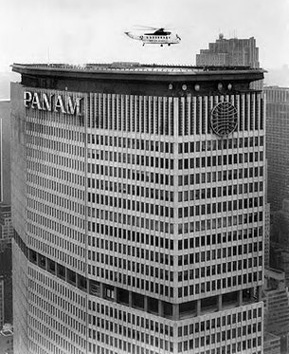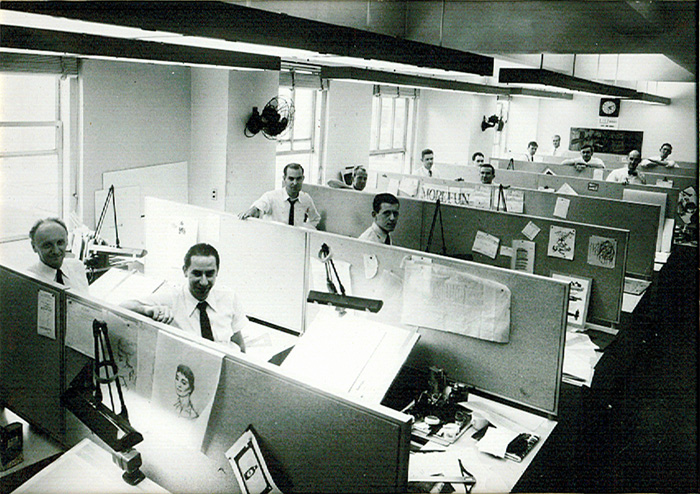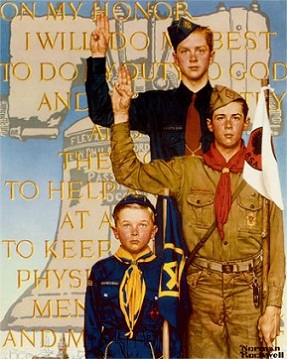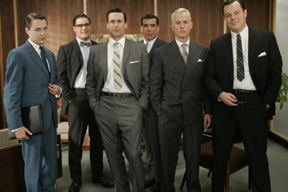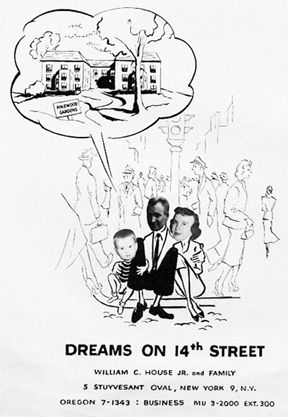
Life Imitating Art
|
|
by William C. House III The title of Norman Rockwell's autobiography is "My Adventures as an Illustrator." Since I've come to know him a little bit better recently, I'm sure he's being partly facetious. However, when it comes to this around-the-world trip, it truly was an adventure. Even though he considered it somewhat of a failure, he and his two traveling buddies touched the lives of countless people. He says in the book, that at a certain point in his career, he no longer wanted to work with beautiful models. "The professional models of today are useless for my purposes. They frighten me. The girls are so unbelievably beautiful that they aren't human, and the men are so handsome that I always feel like a pile of old rags in the corner. I paint humans looking human and the professional models just don't qualify." (pp. 378 & 379). Norman Rockwell's true genius was taking ordinary people, and make them feel special. By doing so, he made us feel special too. And, he made us feel a part of the scene. He drew us in with humor, joy and genuine affection. Too bad the execs at J. Walter and especially Pan Am didn't understand this. They obviously had no clue who and what Norman Rockwell was. If they had let loose his creative powers, people would have said to themselves when looking at the ads, "Wow, look at this scene in Karachi," or "The people in Beirut seem so friendly. Let's go there!" For me, Rockwell will always be associated with the fifties and early sixties. For those of you who are old enough, I'm sure you have your associations too. Some of the others in my life are: playing baseball, boy scouts, Davy Crockett, toasted almond Good Humor bars on a stick and strangely enough, Pan Am. I miss that Pan Am building and logo. Because of my dad, they are synonymous with the fifties and early sixties, up until about 1968. Back then, things were simpler, when it was easier to know right from wrong. It was a time when rock 'n roll was in its infancy. It didn't beat you over the head like in later decades. Drugs were hard to find. TV was family friendly with Warner Bros. westerns and shows like Leave it to Beaver. The raciest pictures around were in National Geographic. The soul grows when fed positive messages and images. Mr. Rockwell knew it because he lived it. Culture is supremely important, heck, even communist countries know that. For some reason, we've lost that awareness. We need more Norman Rockwells.
Speaking of TV or culture, Madmen is currently the number one drama on TV. It's about advertising in NYC in the fifties and early sixties and is very well done. Top production values all around, and good acting, but it has very little to do with reality. The ad men I knew were not like the ones on the show, that's the Madmen over to the right. It's not the reality I knew. There are almost no normal people on that show. My dad commuted everyday on the New Haven RR to NYC and back to Westport, Ct., just like the star, Don Draper. However, we weren't a dysfunctional family as portrayed in Madmen. In fact, everyone of my dad's friends from J. Walter and other ad agencies were some of the nicest guys you'd ever want to meet. Maybe it had something to do with most of them being artists. They commuted from places like Mt. Kisco and Rowayton. They all had a great family life. They weren't overtly religious, sometimes not very religious at all, but they all practiced Christian principles and the Dalai Lama's current teaching on kindness, with a naturalness that I appreciated. Where did it come from? I think they were brought up that way—in the 20's and 30's. The culture had not corrupted them. They were some of my role models. Thank you gentlemen. A philosopher once said, "Pure thought saturated with beauty points out the path to truth." There is purity in those Rockwellian faces. Beautiful art in itself will not save the world but the recognition of beauty—in all its myriad manifestations—will go a long way in setting us on the right path. The Greeks knew it. This tiny Pan Am band that flew around-the-world, bypassed Greece for some reason unknown to me. If Athens were on the itinerary, they would have seen statues and architecture that elevated one's vision. The ideals of form and grace were presented to captivate the imagination. Hope coupled with vision were powerful antidotes to anti-civilization. Rockwell dignified the everyday elements of civilization. I've read here and there that Norman Rockwell did not paint reality, that the life he painted was a fantasy. Undoubtedly these same people believe that art should imitate life. Most often this type of art is a bit of a downer. It can touch feelings but that's about it. Sometimes these renderings have their place but now it has become ingrained and endemic in our culture, contributing to the mass entropy of not only our country but the planet as well. And there's the rub. Shouldn't one try to live on this earth to make it a better place? It's getting harder in this impersonal world, but the way to start is on a personal level. How do you treat others? Are you a role model? Is your vocation in tune with your true Self so that it benefits others. Norman Rockwell embodied all of these. He believed that life should imitate art. His art uplifted a nation. We wanted to be in those pictures.
|
|
|
Norman Rockwell did not focus on the body beautiful as did the Greeks. What he did do was capture that sense of joy, humor and genuine caring that also has the ability to elevate our consciousness. If you've studied the vast body of information on Near Death Experiences (NDE) that has accumulated over the last forty years, there are many common elements. The most interesting one is that, nearly everyone who reached the higher levels of the etheric plane came away with the overwhelming experience that on the other side is indescribable bliss and joy. God's love is everywhere. It was so beautiful that they did not want to come back. But they did. Why? They were shown they had a mission to finish, in other words, they needed to help someone else. They came back to make their small patch of earth a better place. When they returned, that feeling of joy, to a lesser degree, stayed with most of them all of their days. Just looking at a Norman Rockwell painting allows us to touch that joyous feeling that is all around us but difficult to maintain. Ideally, isn't it the obligation of every artist, writer, producer, director and actor to point us in that direction? Norman Rockwell knew this intuitively. When we allow the not-self to fall away and contact something outside ourselves, something greater, that is the moment or "the zone" as they say in sports. Norman Rockwell made a habit of being "in the zone." He continually captured that moment, no matter the circumstances, race or religion, allowing us to catch a glimpse of Divine joy. So, this article is for you dad, and for the one who painted that ineffable joy as he saw it in others.
by William C. House III |
P.S. The book to the left is the one I quoted from on the first page. The one on the right is titled: "Norman Rockwell: Behind the Camera," and does a great job showing you how Norman used photographs in some of his most famous paintings.
Next, Part Seven: Addendum: Misc. Pictures and Papers
Part 1: Intro
Part 2: Europe
Part 3: The Middle East
Part 4: Asia
Part 5: Hawaii
Part 6: Life Imitating Art
Part 7: Addendum© William C. House
Main Page: Reverse Spins
